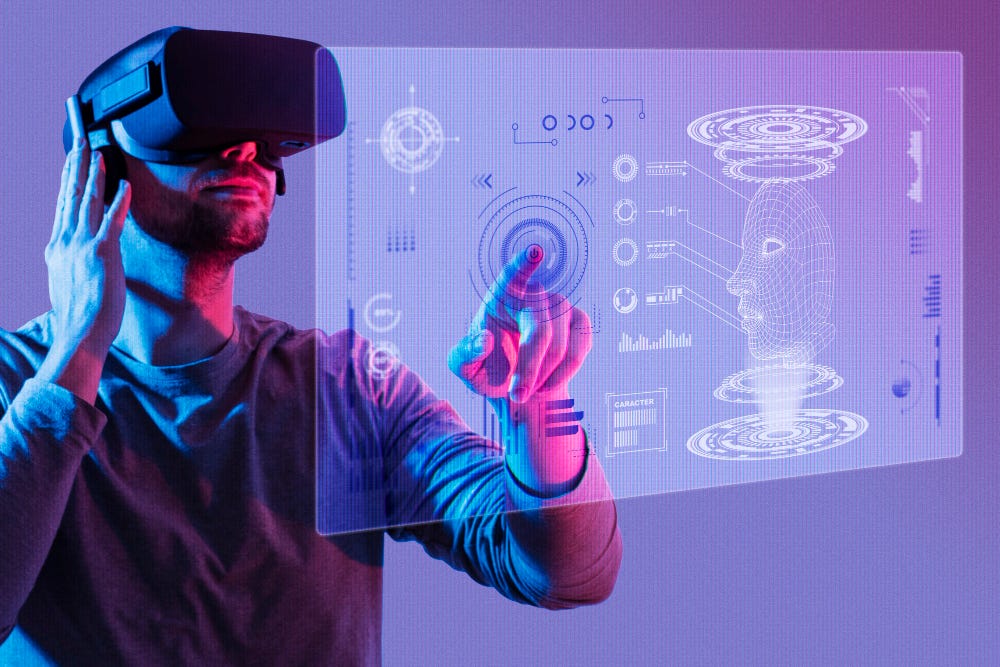
"Spatial UX design transforms how users interact with digital content, embedding experiences meaningfully in 3D environments, instead of traditional 2D screens."
"Effective spatial design considers the user's physical context, emphasizing comfort, natural interactions, and intuitive interfaces that adapt to human movement and gaze."
Spatial UX design is a burgeoning field that focuses on creating user experiences in three-dimensional physical spaces, as opposed to traditional flat interfaces. It emphasizes understanding users' physical context and ensuring comfort through intuitive interactions that cater to human movement and perception. Techniques like spatial audio, visual indicators, and natural gestures are employed to foster seamless engagement. As technology advances with AR and VR, it becomes essential to design interfaces that not only look good but also feel natural, thus requiring a rethinking of conventional UI principles.
Read at Medium
Unable to calculate read time
Collection
[
|
...
]